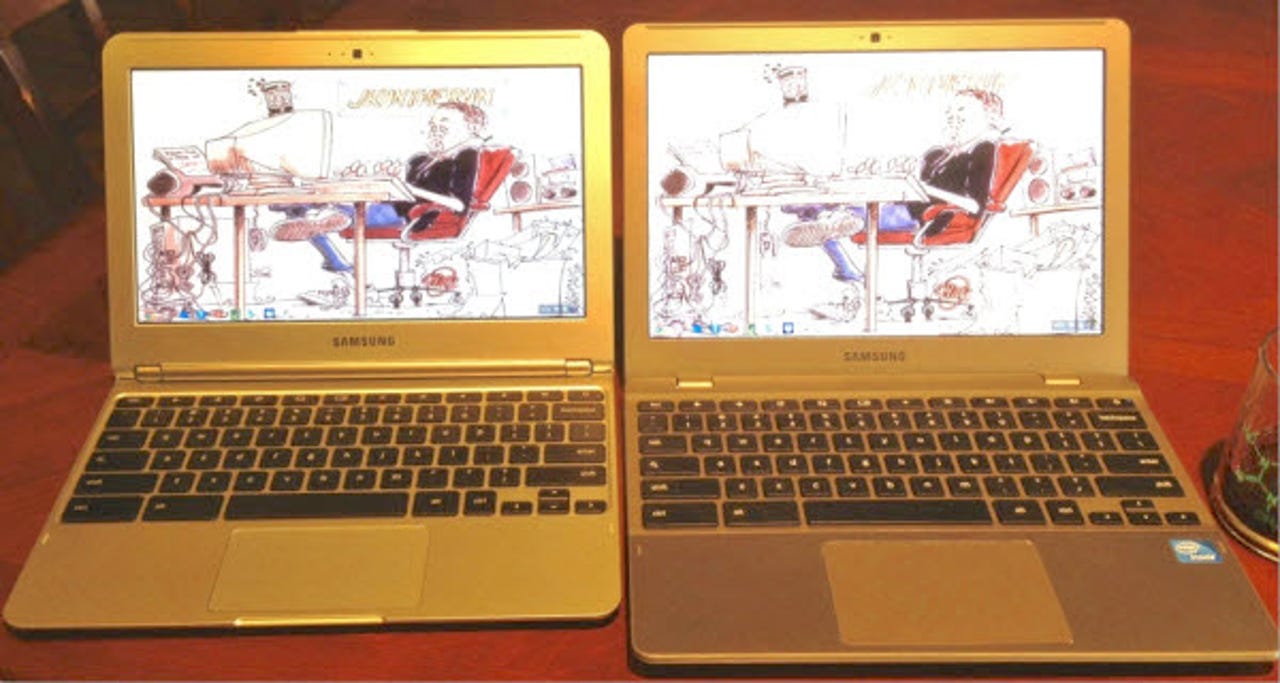Chromebook: Three things Google must do in 2015

Having used Chromebooks since they first appeared, it's clear to me that they are a good solution. They can be used for both work and play, and they are more capable than many realize.
Touch operation
Tech Pro Research
This requires a two-prong effort, getting touch both in the browser and the Chrome OS interface. It should be possible to operate all aspects of the OS by touch, especially pinch/zoom across the board. There is no excuse for controls to be too tiny on the screen to control by touching them.
This extends to all web apps and extensions, so Google will need to get developers behind the effort without exception. Chromebooks are mobile devices, and users expect to control them as they do other such devices. That means touch.
Tablet time
Once touch is integrated properly into Chromebook operation, it's time for Google to work with major OEMs to produce good tablets. In addition to the tablet form, this opens the door for hybrid Chromebooks that work as both laptop and tablet, just as we see in the Windows world.
Hybrid Chromebooks are already beginning to appear, but with touch operation that is less-than-optimal they're likely not going to be big sellers.
Once touch control has been done correctly in Chrome OS, hybrids will make Chromebooks valid options for both the enterprise, the education sector, and the consumer. Low-cost hybrids will have appeal across the board, and enable Google to penetrate markets better than they do today.
Hybrids and tablets open the door for Chromebooks of different sizes, and this will make them a better option for vertical markets. Different size tablets can be used for a variety of functions and industries.
Make a good mobile keyboard
With good touch operation and OEMs making nice tablets, Google and partners need to look at what Microsoft has done with the Surface and its keyboard cover. While most touch Chromebooks will be produced in the hybrid format with keyboards that rotate out of the way for tablet operation, this is no substitute for a removable solution.
ZDNET's top features today
The Chromebook and Chrome OS with proper touch operation would be a good fit for a tablet and good keyboard solution. Like the Surface, this would have broad appeal in all of the sectors Google needs to penetrate. Schools can benefit from the tablet form, and the enterprise would appreciate the flexibility it would bring.
Google's advantage with touch
In summary, with good (and total) integration of touch in Chrome OS, tablets will be a viable option for Chromebooks. Throw in a Surface style keyboard and Chromebooks might start appearing everywhere.
Google has an advantage to get touch working, and that's the Chrome browser. Chrome has decent touch control in both the Android and iOS versions. Touch control in those OSes is not quite as good as it needs to be, but it's a good start for Google to get touch right on the Chromebook.
Google needs to do this next year to increase acceptance of Chromebooks in all of the major sectors in mobile. Conventional laptop models will still be around, and the Chromebook tablet will round out the offering for buyers. Chromebook laptops, hybrids, and tablets will all benefit from proper touch control, and Google must get this done soon.
Additional Chromebook coverage:
